Archeological Find of the Century! (RTTE)
Hello, my fellow Furians! And welcome to my first article on this book! There's something I've been extremely excited to show you that I've recently gotten into of late. Which is why I've decided to post this book ahead of my "Hidden World Discussions" book.
So, as you can probably guess, I'm going to be getting into the "Ancient" Sword and the Runes that are found inscribed on both the sword AND on the wall.


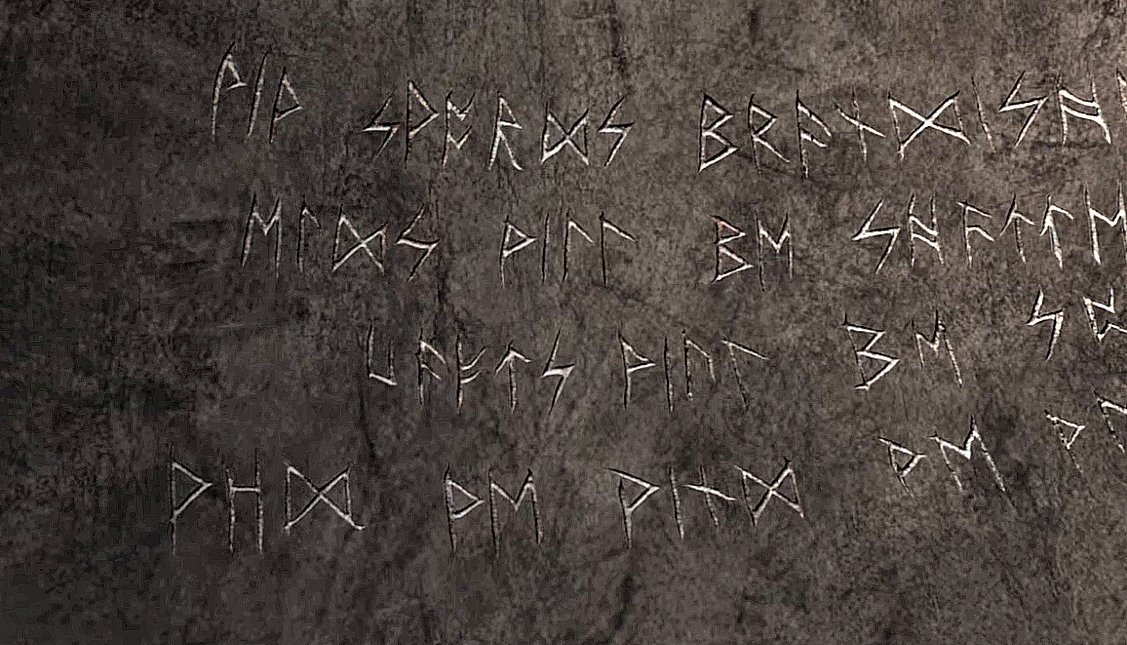
(I edited the screenshots so you, the viewer, can have a clear view of these pictures since the originals were in bad lighting.)
I was re-watching "Follow the Leader" (S3E3) when I saw the scene where Fishlegs discovers the sword and the script on the wall and became greatly intrigued. For some strange reason, I never really wondered until now about what the translation was, and if anyone had translated it (like what they did with Dagur's arm). However, after doing some research, I was surprised that nobody seemed to either notice the runes or come up with the idea of translating them.
So, with Noctus being Noctus doing what Noctus does best, he sets out to investigate and does some research! Research, research, research! One of the one ten things you get to know about me is that I LOVE to research and learn stuff. If I don't know something, I go research it until I do.
So, I once again re-watched the episode, this time making sure to do it on the computer so that I could snip various shots and angles with certain scenes directly showing the runes on the sword and wall. Then I went on Ribbet (a popular *and free* photo editor site) to spruce up the photos and lighten them up, since they were in a dark cave and with low lighting. I did the best I could without distorting the photos themselves, making sure that I tried to highlight the runs so I could see them clearly.
Once I did that, I then went to Pinterest to search for some Nordic Rune charts so that I could use them to help decipher and translate the runes on the sword and on the wall. I ended up downloading a few since they varied and there were different variations. Not counting the time spent on photo editing and looking for the right shots to snip (which took me the whole day), it took me about an hour or two to search for the right ones.
Fortunately, the runes on the sword and on the wall contained the same message, so, with the help of the charts, the brighter and clearer photos, and the sword (or certain parts of it), I was able to translate the entire message. Some runes were difficult to define due to the rough surface and the bad lighting in some areas (not to mention rock erosion and fading of some of the runes), but I was able to make them out perfectly.
All-in-all, the whole project took me just about the whole day. And the translating took me about a couple of hours, mostly to double- and triple-check to make sure I missed nothing. The end result was this:

(If you wish to use this picture, please make sure to give me the credit and the shout-out.)
I do have to say though that it was moderately challenging. Not too much so, but enough. Some words like "shields" and "shafts" were split (as you can see in the top right corner of the message), so it took a few ticks to notice the actual words once I got the letters themselves translated.
Then the word "splint" caused me to scratch my head for a bit; unlike the two words, this one wasn't split awkwardly. So I decided to take some literary historian liberties and assumed that since we're dealing with shafts (as in arrows), it would be "splintered," rather than "splint," which seemed to fit with the rest of the script so far.
So after spent an hour or two translating, I ended up with this:
"With swords brandished, shields will be shattered; shafts will be splint(ered)..."
Makes sense, right? Sounds like a reference to a Saga or a Skaldic poem or even some sort of rune-enchantment to enhance the sword's abilities in battle (historically, Vikings did this quite a bit; they were weird like that.) Something totally and completely logical and practical.
But then, I come across THIS last part of the message, and this is what it looked like AFTER translation:
"...whd we wind we wewebofda."
I'm not joking. It LITERALLY says this. And this is AFTER THREE HOURS of re-checking FIVE times or more, on top of editing the photos even MORE in order and studying them meticulously and looking at EACH and EVERY rune and comparing it with the charts to make sure that I didn't make any mistakes. I didn't. This is REALLY what it says. Even if some of the P-shaped runes (which translate into "w" in English) were actually thorn "ᚦ" runes (pronounced as a sharp "th" sound, like "with" or "Thor"), and if some of the faded runes weren't what I assumed to be, the results would barely be any different than what I currently have.
I've even tried brightening and clarifying this particular picture of the sword in a hope to have a more definite view of the runes, only to be disappointed.
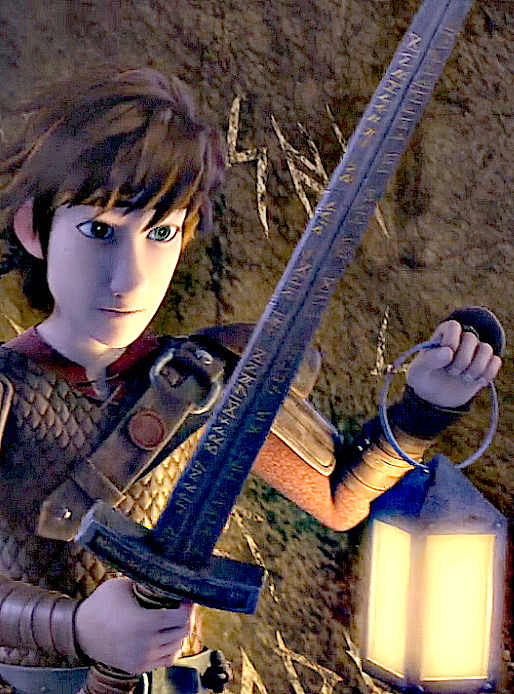
As you can see, the lower right quarter of the sword, where the runes that I am looking for are located, isn't clear enough for me to decipher, forcing me to depend on the runes carved on the wall. If you guys are able to make this more discernable and clear-cut, please let me know. But I'm not holding my breath; I'm fairly confident of my translation at this point.
"...whd we wind we wewebofda."
Now, I'm pretty sure you're laughing at this point from the sheer absurdity of the sentence (to be honest, I am, too). It can't be helped. It IS absurd. In fact, it sounds like something Snotlout would say after getting struck by lightning. And it seems contradictory that 2/3s of the message makes sense while the rest of it is in inconceivable gibberish babble! It boggles the gray cells to no end!
My Theory(ies):
Okay, so I have a few theories as to why this babble exists.
1) Whoever wrote this was drunk or buzzed,
2) Whoever wrote this was becoming senile,
3) Whoever wrote this was dying and was losing control of his ability to coordinate words,
4) DreamWorks either can't write or is trolling us big time!
(If you have any theories, give a shout!)
Whatever the case, it bugs the tar out of me. But I'm just going to let it go and just ignore that this last part exists. That's the beautiful thing with taking literary and creative liberties and having an imagination: you can come up with whatever best suits the story — so long as it makes sense, that is.
Conclusion:
So in conclusion, this is basically what the translation is in its entirety!

And if you're curious as to what rune charts I used, I'll happily give you them.
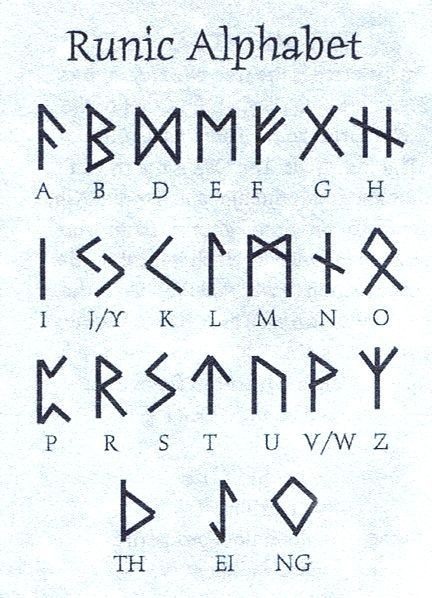
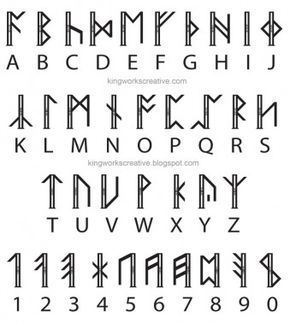
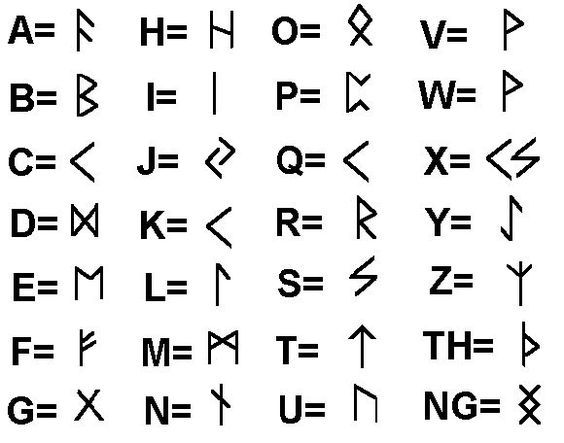

(Please keep in mind that letters such as "J", "C", "W", and a few others do not exist in the Old Norse language. Many of these letters are modern and didn't come up until the 1600-1800s. If you see them on these charts, they're more for guidance for modern users.)
In total, this project took me about 1-1/2 to 2 days to work on this — mostly having to do with research and editing pictures than actual translating. That in itself took about a half-day at most.
What about you? What do you think the real translation is?
Thank you for reading this article. My first one, in fact, for this book! Started with a BANG! I hope that you enjoyed it and that it was a blessing for you. Regardless if you ever had a curiosity about what these runes said or not, I hope that this now satisfies it and that you can leave this page with a new knowledge that can increase your love for this amazing Fandom.
See you in the next article!
Long Live the Night!
— Noctus Fury
<><><><><><><><><><>
Word Count: 1,600 words
<><><><><><><><><><>
Date Published: 03/06/20
Bạn đang đọc truyện trên: Truyen247.Pro